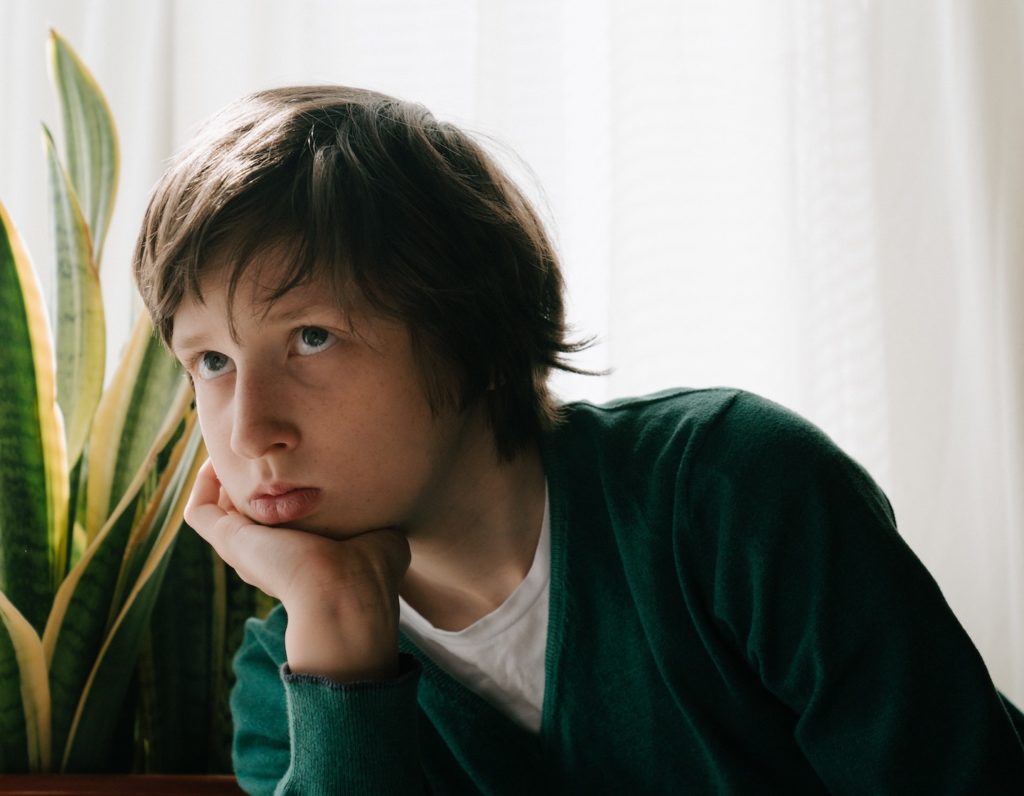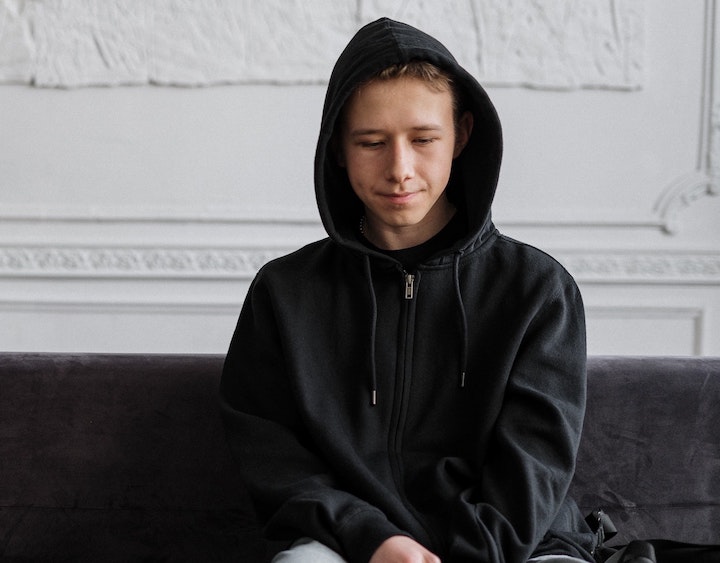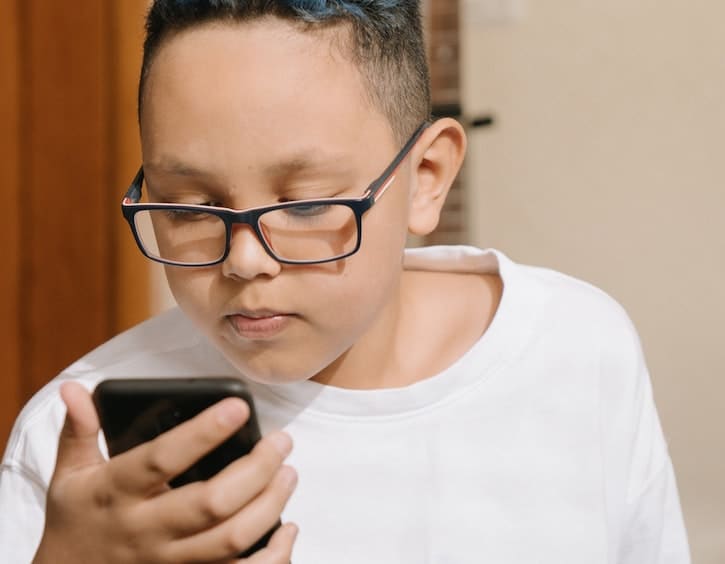
 Post Category - ParentingParenting - Post Category - Older KidsOlder Kids
Post Category - ParentingParenting - Post Category - Older KidsOlder Kids1st March is Self Harm Awareness Day/Self Injury Awareness Day. If your child is self-harming, knowing the warning signs can help you support your child or teen to get them the help they need
It’s not an easy thought to have, but it’s better to know the warning signs of self-harm in tweens or teenagers. A recent Straits Times article reported that a third of young adults in Singapore have self-harmed, with one in 10 doing so frequently, according to a survey released by international research agency YouGov. Occupational & Educational Psychologist Irena Constantin explains what self-harm is and outlines the warning signs and what you can do as a parent to support your child.
What is self-harm?
Self-harm, also referred to as self-injury, self-inflicted violence, and non-suicidal self-injury or self-injurious behaviour, are different terms to ascribe deliberately inflicting pain, injury or damage to one’s own body that isn’t intended to be suicidal. Self-harm refers to cutting, scratching, burning and other forms of external deliberate injury.
Why do adolescents self-harm?
Individuals who hurt and injure themselves may feel that doing so helps release their feelings of anxiety, anger or sadness. Self-harm can be their way of dealing with deep distress and emotional pain. It may help express feelings that cannot be put into words, or release emotional pain.
Adolescents who self-harm have often experienced some common stressful precipitating events, including friendship or relationship problems, academic stress, or bereavement. In some cases, self-harm that arises suddenly may be an attempt to regain control after a particularly disturbing experience, such as surviving a traumatic event.
The roots of self-harming behaviour are often found in early childhood trauma, including physical, verbal, or sexual abuse. It may also be an indication of other serious mental health issues that are independent of trauma, such as depression, anxiety, and borderline personality disorder.
Young teens might injure themself to:
- Express feelings they cannot put into words or release the pain and tension they feel inside
- Cope with feelings like sadness, self-loathing, emptiness, guilt, and rage
- Feel in control, relieve guilt, or punish themself
- Distract themself from overwhelming emotions or difficult life circumstances
- Make themself simply feel something, instead of numbness
The relief that comes from cutting or self-harming is only temporary and creates far more problems than it solves. It might make one feel better – at least for a while – but then the painful feelings return and the urge to hurt oneself starts again. A vicious circle that is accompanied by guilt and shame.
Who is more prone to self-harm?
Data shows that self-harm occurs most often in teenagers and young adults. Although both boys and girls self-harm, the rate appears higher in girls; they also tend to start at an earlier age. Adults, however, can also engage in self-harm, particularly those with mental health conditions or a history of self-injury.
Signs of self-harm to watch out for:
Teens or young people who self-harm may try to hide it. They’re often ashamed of their behaviour and may try cover up the signs as they fear parents/others will be angry with them, reject them or not understand why they’re self-harming. This guilt can cause teenagers to withdraw and isolate themselves.
Signs you may want to watch for include:
- Bruises, scars from cuts or burns usually on the wrists, arms, thighs, or chest which cannot be explained.
- Sharp objects or cutting instruments, such as razors, knives, needles, glass shards in the person’s belongings.
- Covering up. A person who self-injures may insist on wearing long sleeves or long pants, even in hot weather.
- Frequent ‘accidents’. Someone who self-harms may claim to be clumsy or have many mishaps, in order to explain away injuries.
- Isolation and Irritability. The need to be alone for longer periods of time, especially in the bedroom or bathroom.

What can you do as a parent to support your child who is self-harming?
– Stay connected with your child, offer any support and help you can and stay calm. It is important not to judge or place any blame as this can result in unwanted harmful feelings that can lead them to continue to engage in self-harm behaviours.
– Educate yourself on self-harm behaviours. Get yourself and your adolescent into therapy to discuss underlying triggers and treatment strategies.
– Don’t judge. Avoid judgmental comments and criticism. Remember, the self-harming person already feels distressed, ashamed and alone.
– Offer support, not ultimatums. It’s only natural to want to help, but threats, punishments, and ultimatums are counter productive. Express your concern and let your child know that you’re available whenever they want to talk or need support.
– Encourage communication. Encourage your child to express whatever they are feeling, even if it is something you might be uncomfortable with. If they have not told you about the self-harm, bring up the subject in a caring, non-confrontational way: ‘I have noticed injuries on your body, and I want to understand what you are going through’.
– Remember that self-harm behaviours have different causes; it may be related to low self-esteem, eating disorders, past trauma, emotional neglect or abandonment or a borderline personality disorder (just to mention a few of them).
– Be patient. Treatment for self-harm behaviour takes time. Underlying triggers must be treated before your son or daughter can recover. There are no medications or magic potions that can make this behaviour go away and therapy may take weeks to months before there is any improvement. The ultimate goal is for your child to find healthy coping mechanisms to deal with their internal triggers and stop engaging in self-harm behaviours. However, the immediate goal is to keep your child safe.
Whatever the reasons for self-harming, it’s important to know that there is help available. Your child can learn other ways to cope with everything that’s going on inside without having to hurt themself.
If you or your child are in need of support, reach out to a counsellor or for urgent support, the Samaritans of Singapore, is a 24-hour hotline (manned by trained volunteers) Tel: 1800-221 4444.






 View All
View All




 View All
View All











 View All
View All










